How Does A Rangefinder Scope Work ?
A rangefinder scope works by using a combination of optics and laser technology to determine the distance between the observer and the target. It emits a laser beam towards the target and measures the time it takes for the beam to bounce back to the scope. By calculating the time it takes for the laser to travel to the target and return, the rangefinder can accurately determine the distance. This information is then displayed on the scope, allowing the user to adjust their aim accordingly. Rangefinder scopes are commonly used in activities such as hunting, golfing, and military operations to improve accuracy and precision.
1、 Optical principles of rangefinder scopes
A rangefinder scope is a device used to measure the distance between the observer and a target. It utilizes optical principles to achieve accurate distance calculations.
The basic working principle of a rangefinder scope involves the use of two separate optical paths. One path is used to view the target, while the other path is used to view a reference point or reticle within the scope. By measuring the angle between the two paths, the distance to the target can be calculated.
In traditional rangefinder scopes, this angle is determined by a mechanical linkage system that moves the reticle in response to the observer's adjustment. The observer aligns the reticle with the target, and the angle is measured by the movement of the reticle.
However, modern rangefinder scopes often employ laser technology to measure the distance. These scopes emit a laser beam towards the target and measure the time it takes for the beam to bounce back. By knowing the speed of light, the time delay can be converted into a distance measurement.
Additionally, some rangefinder scopes use advanced algorithms and digital processing to enhance accuracy. These scopes may take into account factors such as atmospheric conditions, target size, and angle of inclination to provide more precise distance calculations.
Overall, rangefinder scopes work by utilizing optical principles to measure the angle between the observer's line of sight and a reference point. This information is then used to calculate the distance to the target. With advancements in technology, rangefinder scopes have become increasingly accurate and reliable tools for hunters, golfers, and military personnel.
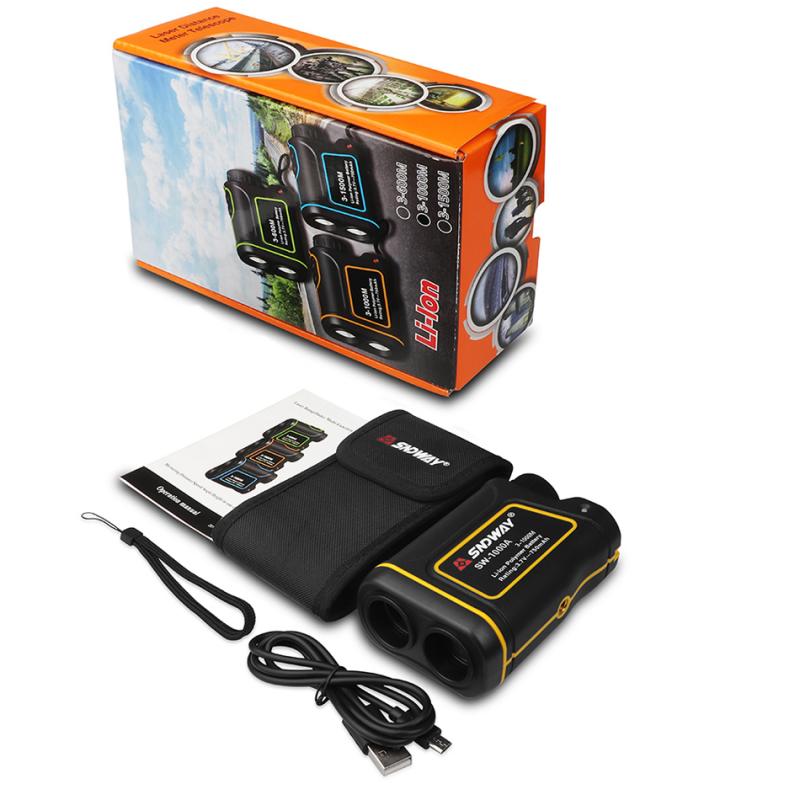
2、 Laser rangefinder technology in scopes
A rangefinder scope is a device that combines the functionality of a scope with a built-in rangefinder, allowing shooters to accurately determine the distance to their target. The rangefinder technology used in scopes has evolved over the years, with the latest advancements incorporating laser technology.
Laser rangefinder technology in scopes works by emitting a laser beam towards the target and measuring the time it takes for the beam to bounce back. The scope calculates the distance based on the time it takes for the laser to return, using the speed of light as a constant. This information is then displayed to the shooter, typically through a digital readout in the scope's reticle.
The latest rangefinder scopes often feature advanced algorithms and digital processing capabilities, allowing for faster and more accurate distance measurements. Some scopes even offer multiple ranging modes, such as continuous ranging or angle compensation, to account for various shooting scenarios.
One of the key advantages of laser rangefinder technology in scopes is its ability to provide precise distance measurements over long ranges. This is particularly useful for long-range shooting or hunting, where knowing the exact distance to the target is crucial for making accurate shots.
Additionally, modern rangefinder scopes often come equipped with other features like ballistic calculators, wind sensors, and even Bluetooth connectivity, allowing shooters to make more informed decisions and adjust their shots accordingly.
In conclusion, laser rangefinder technology in scopes has revolutionized the way shooters determine distances to their targets. With advancements in digital processing and additional features, these scopes provide shooters with the tools they need to make accurate shots, even in challenging shooting conditions.
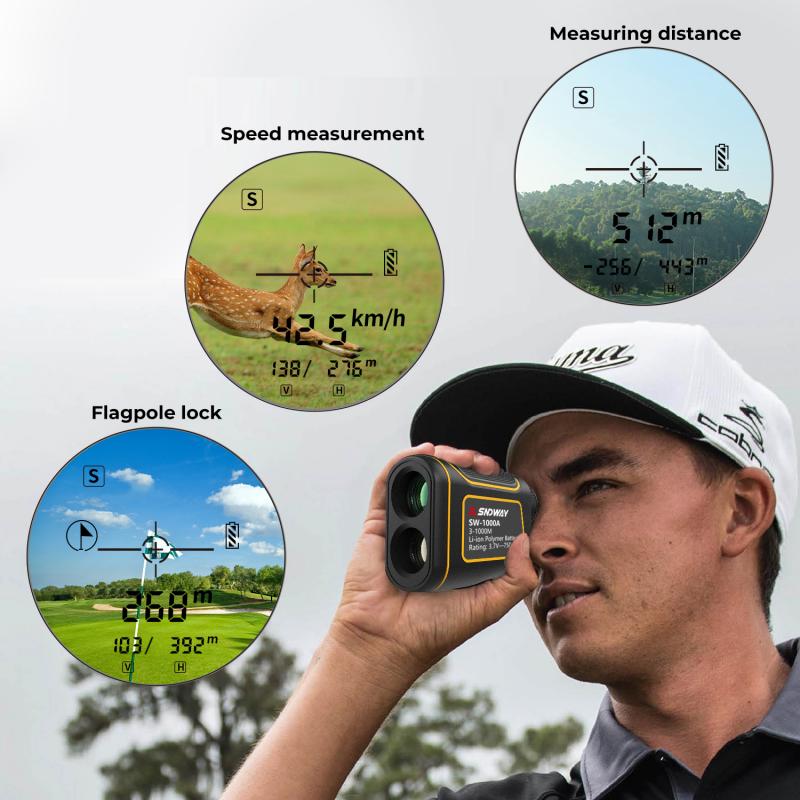
3、 Reticle designs for rangefinder scopes
A rangefinder scope is a device used to measure the distance between the observer and a target. It is commonly used in hunting, shooting sports, and military applications. The primary function of a rangefinder scope is to provide accurate distance measurements, allowing the user to adjust their aim accordingly.
The basic principle behind a rangefinder scope is the use of a reticle, which is a pattern of lines or markings in the scope's field of view. The reticle design plays a crucial role in determining the accuracy and functionality of the rangefinder scope.
Reticle designs for rangefinder scopes have evolved over time to improve accuracy and ease of use. Traditional reticles used in rangefinder scopes include duplex, mil-dot, and BDC (bullet drop compensator) reticles. These reticles provide reference points that can be used to estimate the distance to the target.
However, the latest advancements in reticle design have introduced more sophisticated features. One such advancement is the incorporation of laser technology into the reticle. This allows the rangefinder scope to emit a laser beam towards the target and measure the time it takes for the beam to bounce back. By calculating the speed of light and the time taken, the rangefinder scope can accurately determine the distance to the target.
Additionally, some rangefinder scopes now feature digital displays that provide real-time distance readings. These scopes use advanced algorithms to calculate the distance based on factors such as target size, angle, and atmospheric conditions.
In conclusion, a rangefinder scope works by utilizing a reticle design that provides reference points for estimating the distance to a target. The latest advancements in reticle design have incorporated laser technology and digital displays to enhance accuracy and ease of use.
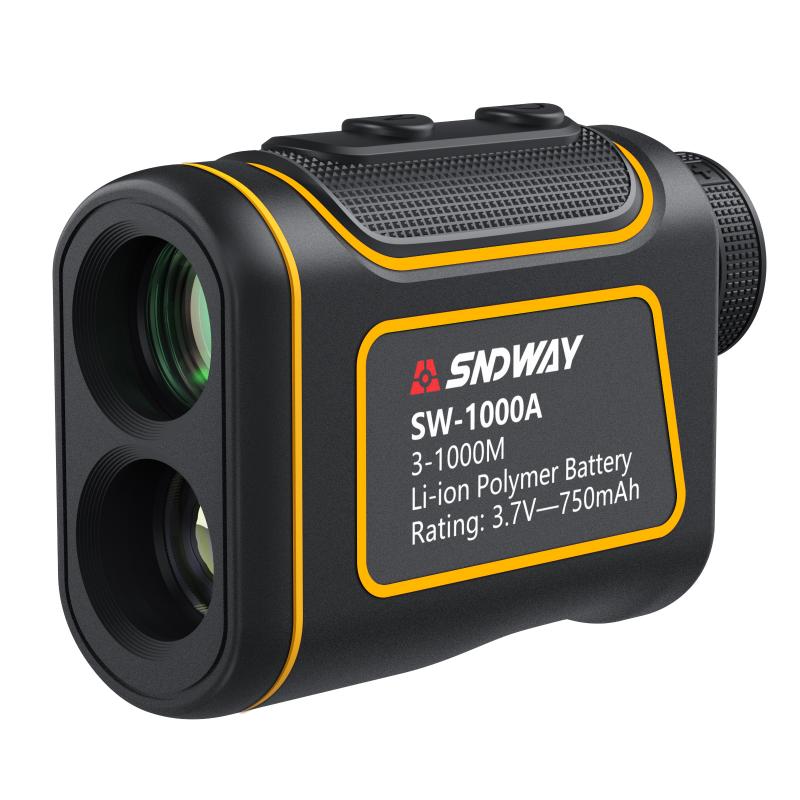
4、 Rangefinder scope calibration and accuracy considerations
A rangefinder scope is a device used to measure the distance between the observer and a target. It combines the functionality of a telescope and a rangefinder to provide accurate distance measurements.
How does a rangefinder scope work? The basic principle behind a rangefinder scope is the use of a laser beam. When the observer looks through the scope and activates the rangefinder, a laser beam is emitted towards the target. The beam reflects off the target and returns to the scope. By measuring the time it takes for the beam to travel to the target and back, the rangefinder can calculate the distance.
Rangefinder scope calibration and accuracy considerations are crucial for obtaining precise measurements. Calibration involves aligning the rangefinder's internal components to ensure accurate readings. This process is typically performed by the manufacturer or a qualified technician. Regular calibration checks are recommended to maintain accuracy, especially if the scope is subjected to rough handling or extreme environmental conditions.
Accuracy considerations include factors such as target reflectivity, atmospheric conditions, and the quality of the rangefinder itself. Different targets may reflect the laser beam differently, affecting the accuracy of the distance measurement. Atmospheric conditions, such as fog or rain, can also interfere with the laser beam and reduce accuracy. Additionally, the quality of the rangefinder's optics and laser technology can impact its overall accuracy.
In recent years, advancements in rangefinder technology have led to improved accuracy and additional features. Some modern rangefinder scopes incorporate ballistic calculators, which take into account factors like bullet drop and wind speed to provide more precise distance measurements for shooting applications. Additionally, some models offer angle compensation, which adjusts the distance measurement based on the angle between the observer and the target.
In conclusion, a rangefinder scope works by emitting a laser beam towards a target and measuring the time it takes for the beam to return. Calibration and accuracy considerations are essential for obtaining precise measurements, and recent advancements in technology have further improved the accuracy and functionality of rangefinder scopes.



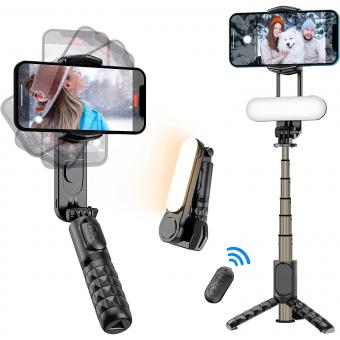
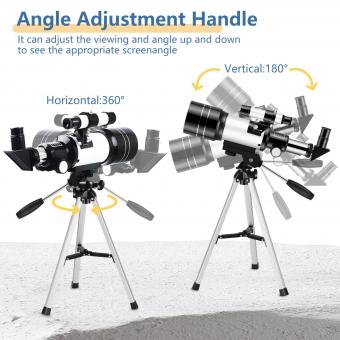



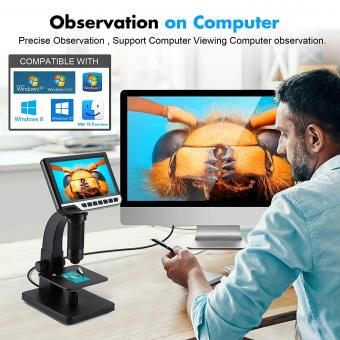






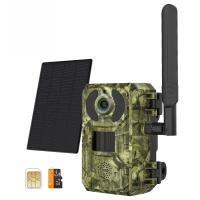

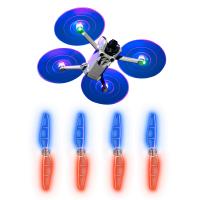
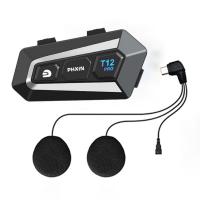

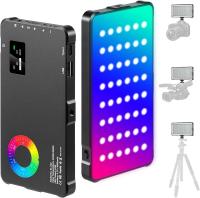
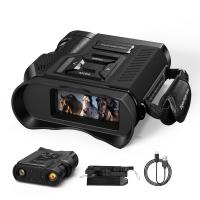
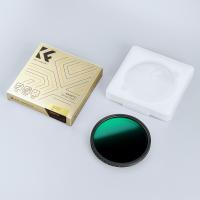
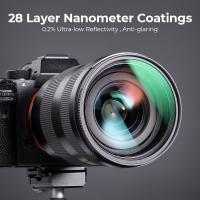
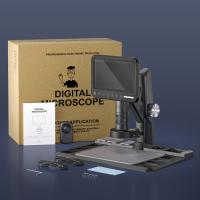
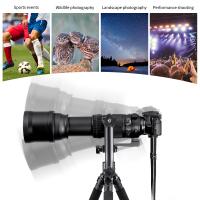
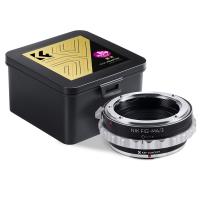
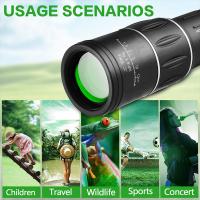

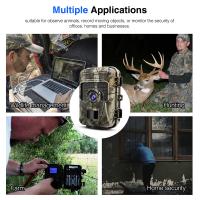


There are no comments for this blog.